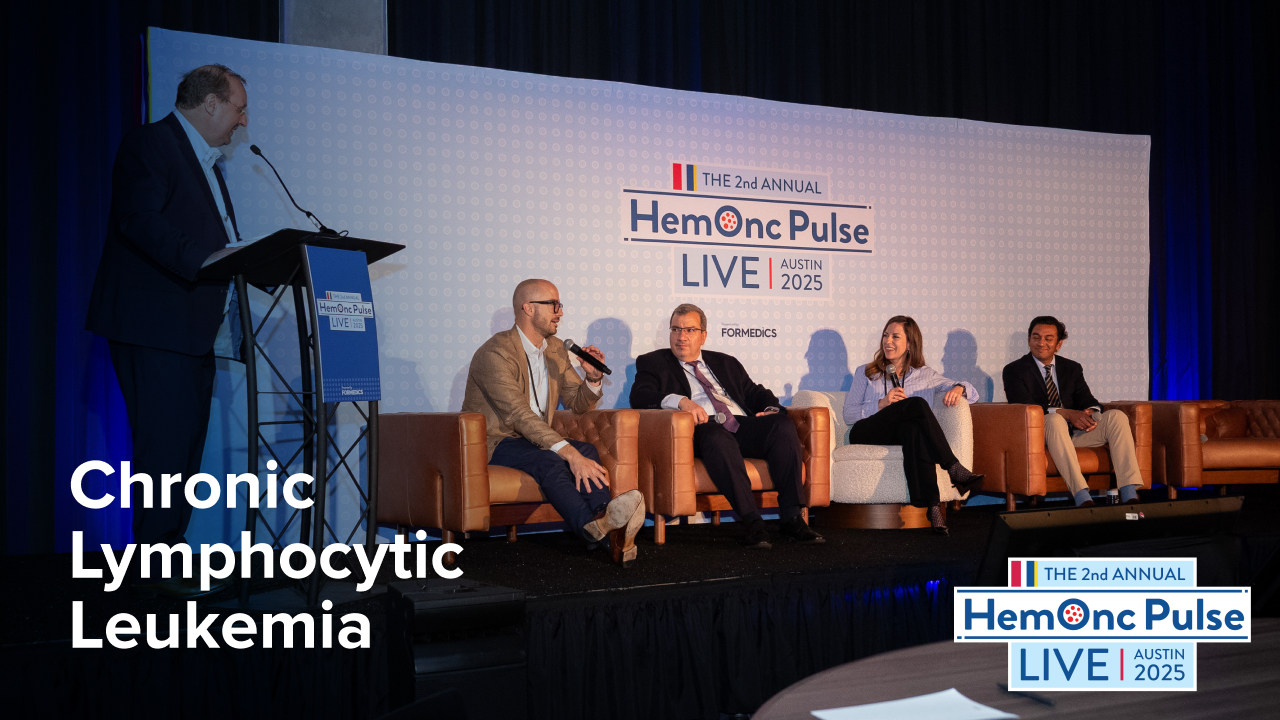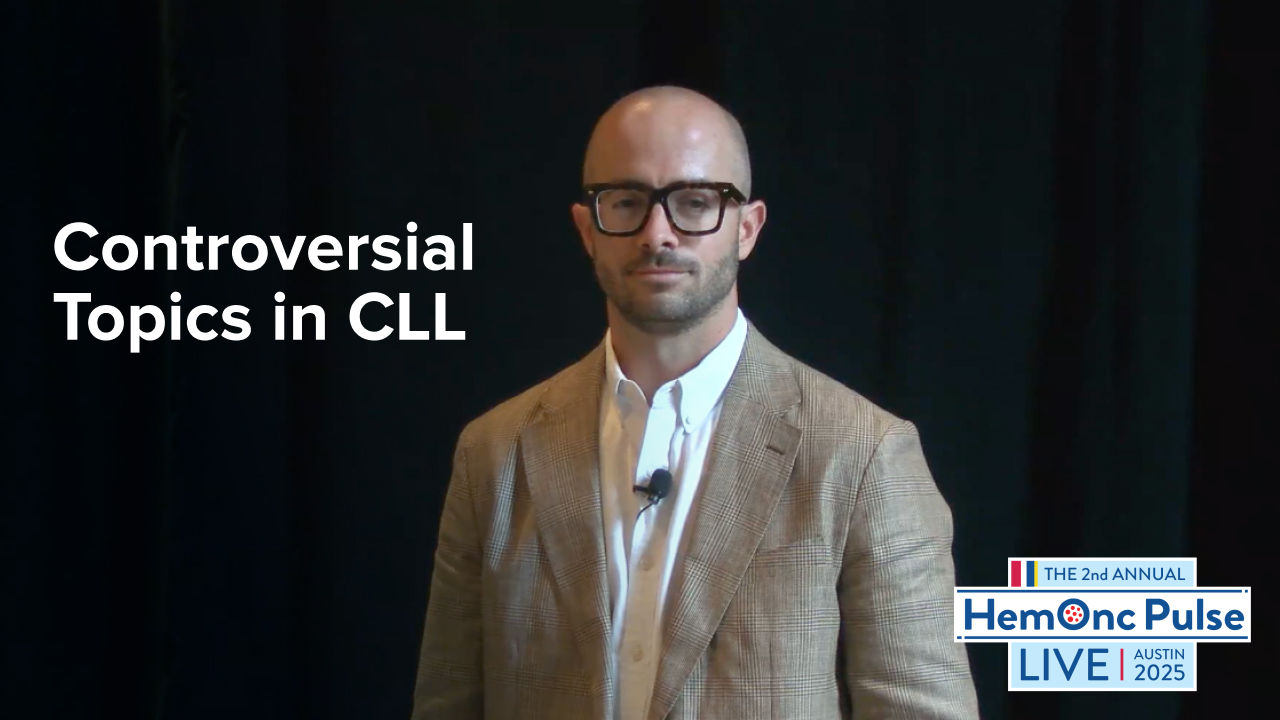
Treatment with third-generation tyrosine kinase inhibitors (TKIs) “seemed to improve survival” in patients with chronic myeloid leukemia (CML) who were in the chronic phase when they developed a T315I mutation in BCR–ABL1, according to a recent study.
Fadi Haddad, MD, and Koji Sasaki, MD, PhD, both of the University of Texas MD Anderson Cancer Center, led the study and published the results in the American Journal of Hematology. It was important to conduct the research because patients with CML who have a T315I mutation in BCR–ABL1 “generally have a poor prognosis” but their “outcome in the post-ponatinib era remains unclear,” the study’s authors wrote.
The researchers reviewed data from 107 patients with CML who developed a BCR–ABL1 T315I mutation between March 15, 2004, and July 26, 2022. They grouped patients by whether they had chronic phase (n=54), accelerated phase (n=14), or blastic phase (n=39) CML at the time when the mutation was detected. They defined overall survival (OS) as the time between mutation detection to the date of death or last follow-up.
Nearly all (95.3%) patients received subsequent therapy after developing the T315I mutation in BCR–ABL1. The median OS was 49 months (95% CI, 26–73) with a five-year OS rate of 44% at a median follow-up of 75 months. Patients who were in chronic phase when the mutation was detected had a significantly longer median OS and a higher five-year OS rate than those who were in accelerated phase or blast phase when it was detected (P<.001). See TABLE 1 for OS outcomes by CML phase at the time of mutation detection.
TABLE 1. OS Outcomes by CML Phase at Time of Mutation Detection
| CML phase when mutation was detected | Median OS | Five-year OS rate |
| Chronic phase | 132 months | 70% |
| Accelerated phase | 31 months | 37% |
| Blastic phase | 6 months | 10% |
Patients with CML in the chronic phase who received treatment with ponatinib or asciminib had a five-year OS rate of 77%, while the five-year OS rate was 50% in those who received other treatments, such as chemotherapy, second-generation TKIs, homoharringtonine, and investigational drugs (P=.14).
“In summary, patients with CML [in chronic phase] at the time of T315I mutation detection may have a relatively indolent disease course with a long-term OS of 70%,” the study’s authors concluded. “Treatment with third-generation tyrosine kinase inhibitors seemed to improve survival in patients with CML [in chronic phase].”
Reference
Haddad FG, Sasaki K, Bidikian A, et al. Characteristics and outcomes of patients with chronic myeloid leukemia and T315I mutation treated in the pre‐ and post‐ponatinib era. Am J Hematol. 2023. doi:10.1002/ajh.27037






 © 2025 Mashup Media, LLC, a Formedics Property. All Rights Reserved.
© 2025 Mashup Media, LLC, a Formedics Property. All Rights Reserved.